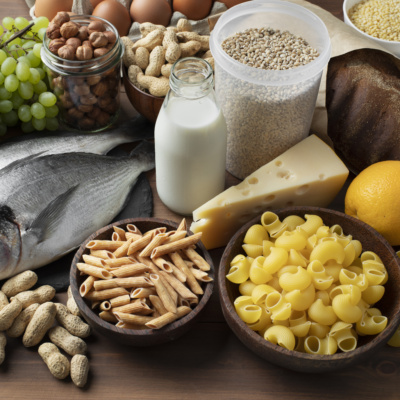top of mind news
- As Restaurants Move Outside, Heat Becomes The Enemy
- Restaurants to Congress: No More Waiting. We Need Help Now!
- New Partnership for Small Business Relief Calls for Restaurant Long-Term Support
- How Restaurants Can Improve Indoor Air Quality in the Coronavirus Era
- Understand and Calculate Your Inventory Turnover Rate
Poultry
 Weekly total chicken slaughter for the week ending July 11th continued to struggle, falling 3.9% below the prior year. While bird weights remain above a year ago, slaughter declines have caused ready-to-cook chicken output to be down 2.2% during the past six-weeks (y/y). Wing and tenderloin prices remain the only firm items amongst the chicken complex while breast meat and dark meat prices continue to fade. Though restaurant interest is still struggling, some support for wing prices is underway not only due to the reemergence of sports, but on lower output levels also. Still, anticipate wing prices to flatten in the coming weeks, and a run similar to a year ago is not expected.
Weekly total chicken slaughter for the week ending July 11th continued to struggle, falling 3.9% below the prior year. While bird weights remain above a year ago, slaughter declines have caused ready-to-cook chicken output to be down 2.2% during the past six-weeks (y/y). Wing and tenderloin prices remain the only firm items amongst the chicken complex while breast meat and dark meat prices continue to fade. Though restaurant interest is still struggling, some support for wing prices is underway not only due to the reemergence of sports, but on lower output levels also. Still, anticipate wing prices to flatten in the coming weeks, and a run similar to a year ago is not expected.
Beef
Last week, beef production reported at 538.4 million pounds, was down a modest 1.1% from the week prior but pushed 2.1% over a year ago. Beef price losses remain across the boxed beef cutouts, especially for the end meats. The ribs were only off only modestly because there may be some near-term Labor Day interest emerging. Beef trim prices continue to struggle, with the 50s moving below $0.50 while domestic 90s are in the lower $2.40’s. Further weakness may be pending for lean beef trim prices. The Choice cutout may make a move below the $2.00 mark, but significant downside potential is not likely.
Pork
While hog harvests last week were 10% larger than last year, pork production was up a more staggering 12.1% from the same week last year. Despite bigger production schedules, the USDA cutout value looks to be finding some support, mainly on firming ham prices which had been a drag on the cutout throughout the early summer. Pork exports are likely the root cause of the escalating ham prices. Pork belly prices remain near $1.00, due to lacking foodservice demand and prices could struggle to move significantly higher as was witnessed last summer.
THE SEA
Seafood
Snow crab prices are trading well below the prior year due in a large part to lackluster foodservice demand. However, the markets are still historically inflated. The Canadian snow crab fishing season has basically culminated with larger quotas. World snow crab supplies are anticipated to remain relatively limited. Still, the sluggish return on foodservice is expected to weigh on the markets this summer.
THE GARDEN
Produce
The tomato markets were mixed during the last week. The chief tomato harvest area in the east is transitioning north which could cause some volatility in supplies in the coming weeks. History suggests this could be accompanied with higher tomato prices. The five-year average move for the large mature green tomato market during the next six weeks is an increase of 26%. Still, subpar foodservice demand could temper any pending upside in tomato prices. The avocado market is relatively steady, but the low prices are encouraging feature activity.
THE KITCHEN SINK
Dairy
The weekly averages for both the CME cheese block and cheese barrel markets firmed last week despite notable weakness in blocks as the week progressed. After peaking at $3.00 Monday, the CME cheese block market declined four consecutive days to $2.66. CME cheese and class III milk futures were lower Friday as well which suggests that further weakness could occur in the cheese block market this week. CME cheese futures in the coming months are priced considerably below the spot markets which signals that a long-term top in cheese prices may be at hand. The butter market is fairly steady.
Grains
The food oil markets are on the rise with the nearby soybean oil futures contract trading at its most expensive level since February. World food oil supplies are limited, and the world economy has improved during the early summer. There may be more upside potential in food oil prices in the near term.
Oil
Crude oil and petroleum product markets have been relatively steady during the last week. The persistent low crude oil prices could temper crude oil output in the U.S. and abroad in the coming months. This factor, along with an improving economy, suggest the risk in crude oil prices is to the upside.













